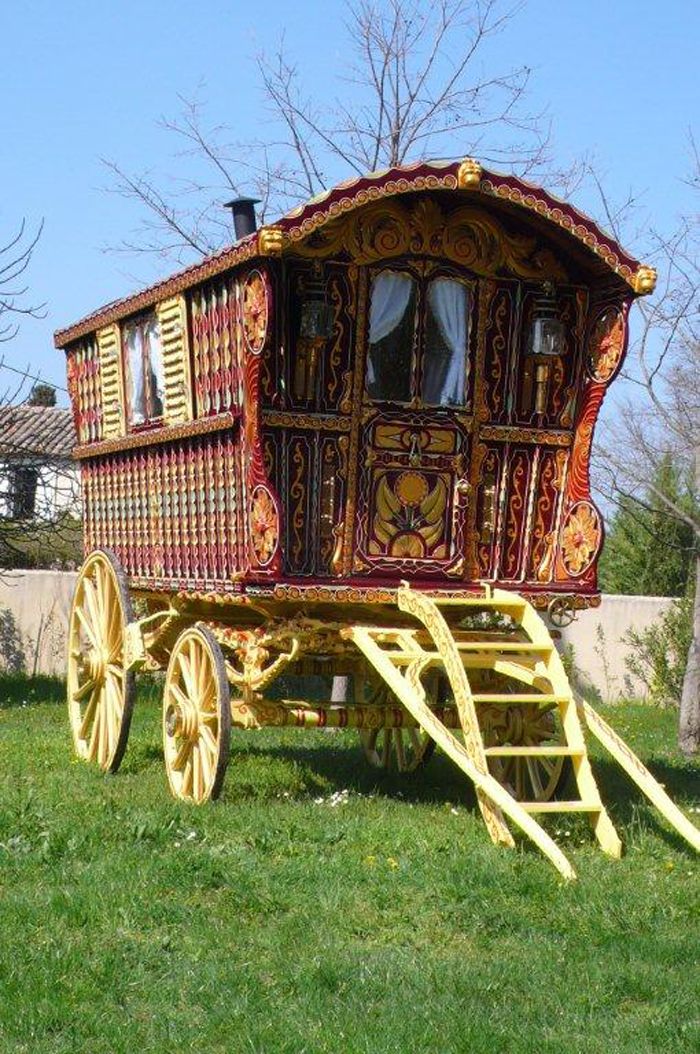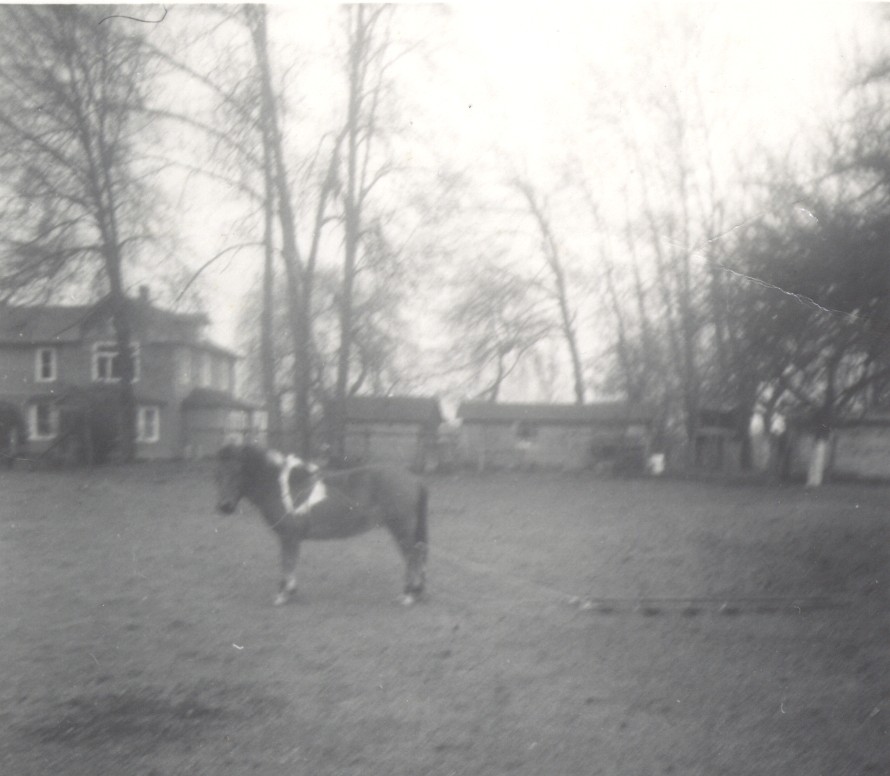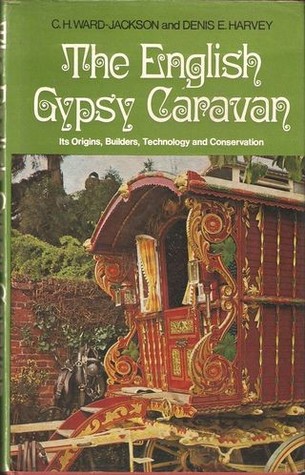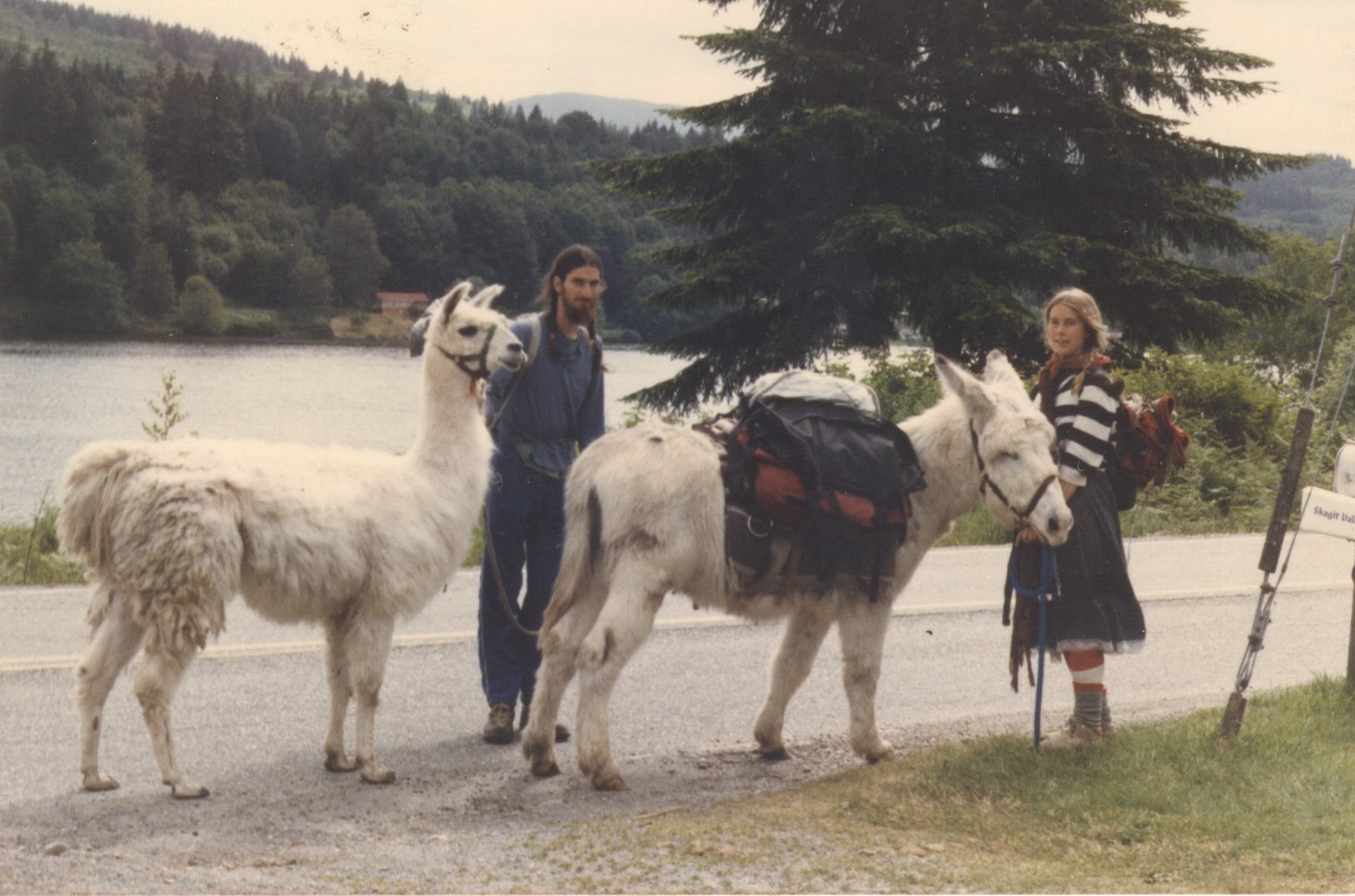
There are reasons the story Aru’s Realm begins with a horse drawn vehicle traveling through the woods.
When I was a kid there were only a few TV channels. It was normal to watch for an hour or so after school and then go outside. We also read comics, and books, some of us, and played board games. I drew a lot, mostly horses. My specialty was horses of unusual length. These guys had cylindrical bodies which stretched all the way across the page. It made sense, though. Legs are tough to sketch, and what I most enjoyed drawing was the tack. I made saddles and bridles in detail, and the martingales, breeching, saddlebags. Those long, long horses could fit quite a few western saddles, or seat several knights in colorful regalia.
In what might seem like contrariness to my own thinking, I created a slew of carts and wagons pulled by normal-length horses. With a child’s obsession for power, I produced elegant eight or ten horse teams of draft animals for every cargo wagon. I went to great effort to make all those legs because each pair of horses would require a set of collars and harness. Not only was it fun to draw the harness, some primal superstition told me that if I drew these beasts and their rigs I possessed them, somehow. And for some funny reason, having animals as transportation has always given me a sense of security.

When I was eleven or twelve I constructed harnesses out of baling twine and made my pony drag a ladder around our field. I love working with animals. Over the years I’ve ridden horses, mules, ponies, donkeys, a cow, and (accidently) a reindeer. I’ve driven both a dog sled and reindeer sleighs. Once I sat by a tinker’s fire in Ireland and talked with him about wagons until his wife in the caravan noticed me and came out to drive me off. Years ago in Seattle, I was invited to go inside a semi trailer and see the Budweiser Clydesdales wagon up close, because I was building my own wagon. But I don’t ever recall having ridden in a horse drawn wagon.
After high school, I headed off to college (in the days before widespread awareness about cultural appropriation) with plans to construct a full-sized replica of an English Romany caravan (a vardo) as an academic project. I then would traveI in it across the US. I’d always loved Toad’s canary yellow caravan from The Wind in the Willows. Also, I’d seen a funky version of one during my childhood years in Canada, it drove by on rubber tires with a goat bleating from the back porch. I wanted traditional wooden wheels on mine, though. In the university library I found a treasure.

The English Gypsy Caravan by C. H. Ward-Jackson & Dennis E Harvey was my manual. We no longer use the term Gypsy, but that is the title of the book. I still treasure the letters from Mr. Harvey, who kindly encouraged me. I managed to obtain a beautiful set of wooden wheels, just the right sizes. I spent hours sanding the old paint off and applying wood preservatives. A friend (underpaid) lengthened the axles for me and cut the fifth wheel ring-plates from a sheet of steel. I laminated strips of ash into beautiful curved members for the fore-carriage. My boyfriend made me a stained glass window for the front door, my parents gave me a gimbaled kerosene lantern for my birthday. My old cowboy friend found some gorgeous draft harness for me to buy, with so many shiny brass fittings. My parents wondered, later, where I came up with the money to buy all these things. I told them. I’d saved virtually all the money they sent me to live on that first year of college, subsisting on chili and fresh-ground corn, and cabbage from the garden spread with peanut butter. My father was flabbergasted, but I felt it was in my right. After all, I could have gone to town and eaten pizza but chose to sacrifice. Kids have different ideas about their parents’ income than parents do!

Eventually, my dream of traveling in the wagon was traded for a three hundred mile hike over the Cascade Mountains, starting from my doorstep in Bellingham. I owned with my partner at the time, dear Karl, a beautiful white llama named Oly. I had a large white long-haired donkey named Wilbur. They packed our load, although we ended up carrying Oly’s share most of the way on our own backs due to our poor design of his panniers.

The living wagon in which Aru travels during the first chapter of the story is plain and grey and not a vardo or showman’s wagon. Aru and her family are not based in any way on Romany travelers. I avoided direct allusions to use of these caravans in our world outside of the pages. But those old wagons, products of pride and spirit, were a part of my youth. It’s the same with Sami sleighs, I spent some of the favorite hours of my life traveling alone through snowy woods or on the frozen lake, listening to nothing but the swish of the snow and the little noises of the reindeer. I include these vehicles respectfully in Aru’s Realm because they are part of who I am.

